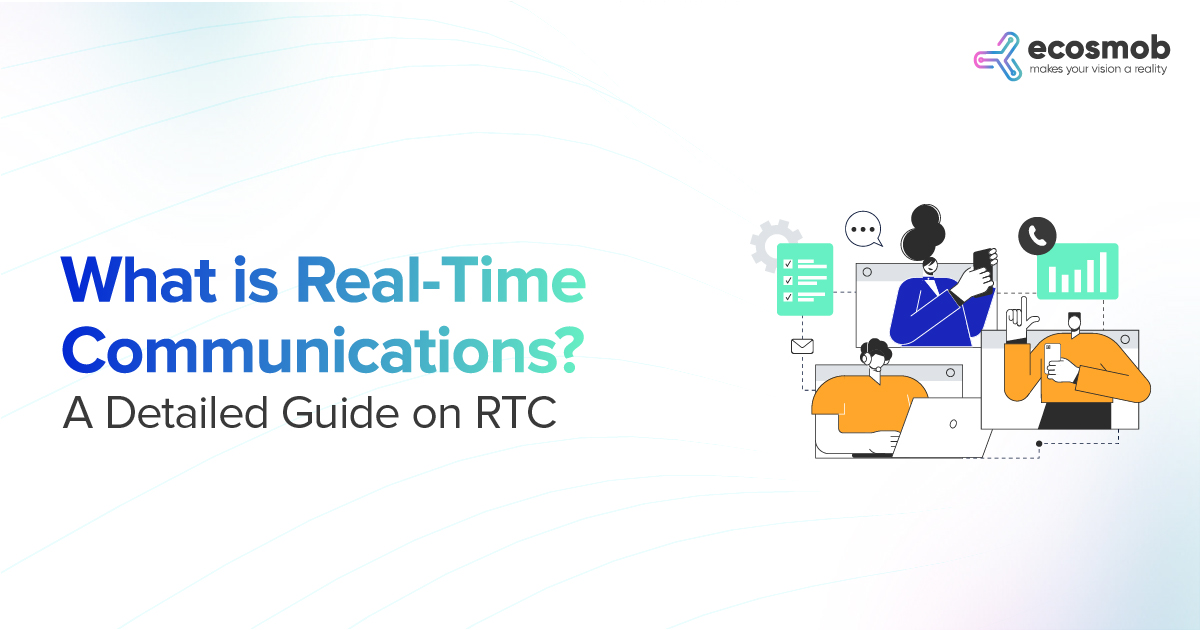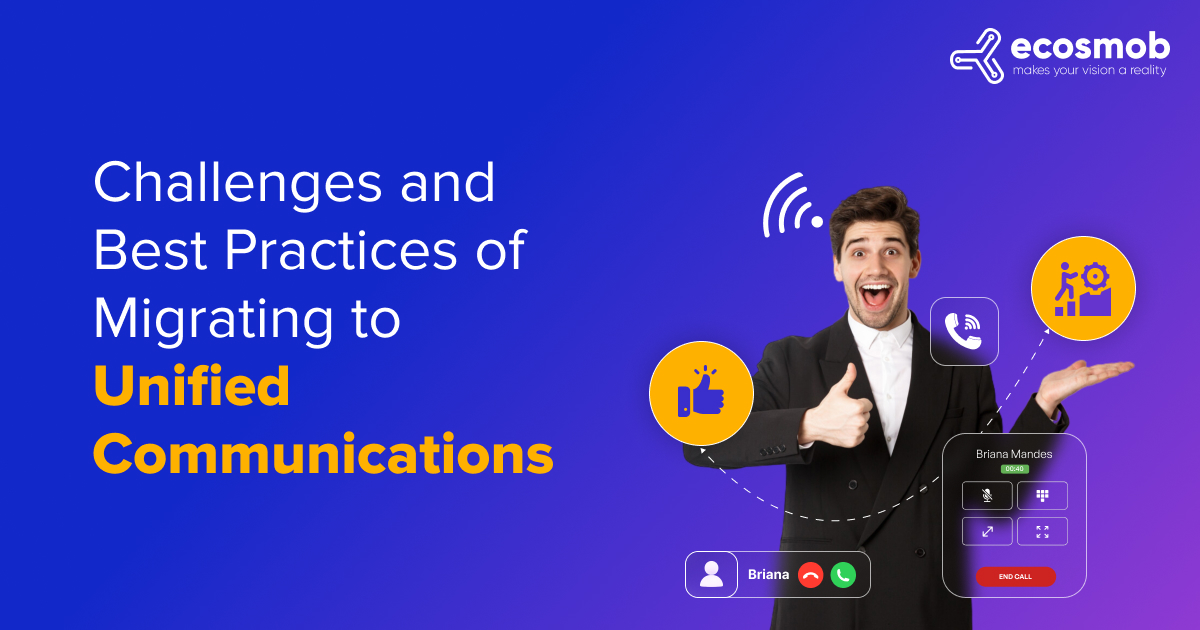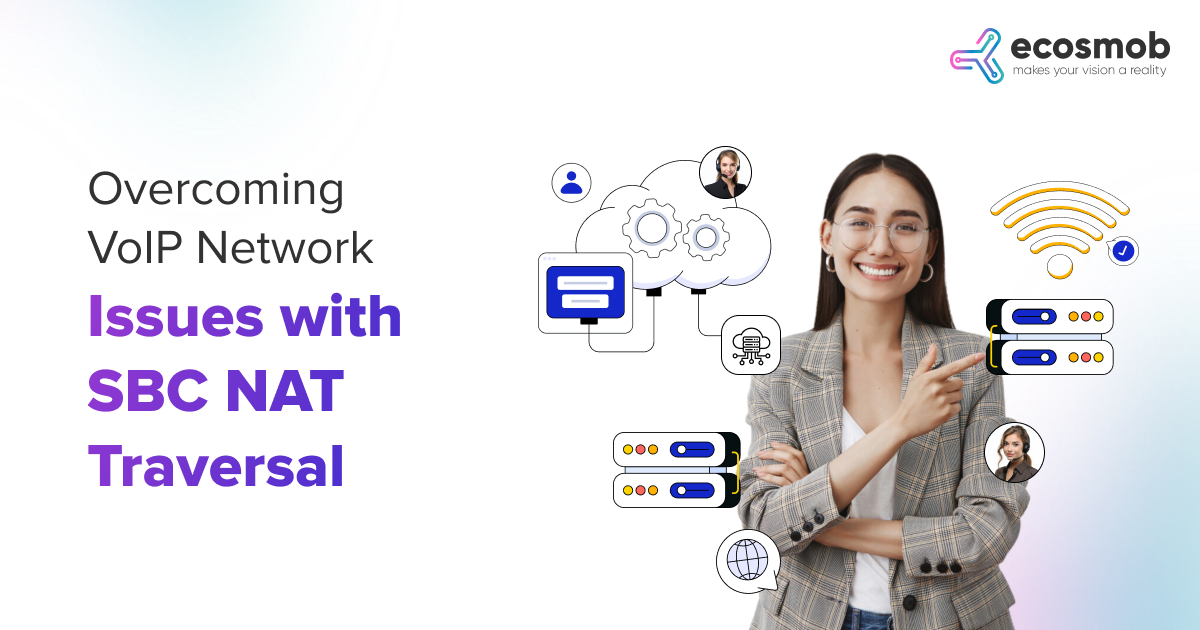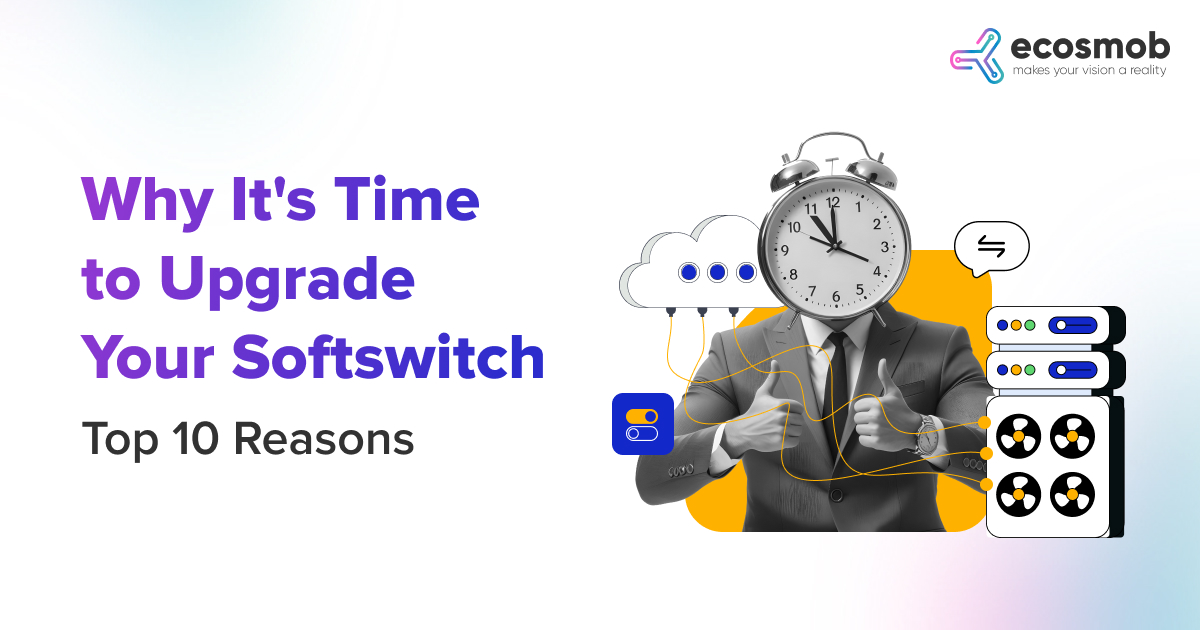In today’s fast-paced digital era, the talk of the town is undoubtedly 5G. Everywhere we turn, the conversation gravitates toward the transformative potential of 5G. And while most of us are engrossed in the direct impact of this technology on consumers and enterprises, there’s a behind-the-scenes story that warrants equal attention: the substantial disruption 5G will bring to the wireless wholesale market and the potential enhancements in MVNO solutions.
How Is 5G Reshaping The Wireless Wholesale Market?
As bandwidth demands surge and new applications emerge, the wireless wholesale market finds itself at a pivotal juncture, reshaped and redefined by the power of 5G. So let’s dive deeper into 5G’s impact on MVNOs (Mobile Virtual Network Operators), MNOs (Mobile Network Operators), and the entire market as a whole.
The Core Benefits of Speed and Flexibility
At its core, 5G is not merely an upgrade in speed. It is a transformative architecture built on New Radio (NR) frequencies and advanced network technologies. MVNOs, typically reliant on MNOs (Mobile Network Operators) for network access, are on the brink of a significant shift.
Introducing MVNO 5G means these operators can delve beyond voice and basic data – think IoT deployments, AR/VR applications, and ultra-reliable low latency communications (URLLC). Such advancements allow MVNOs to tailor services for previously untapped sectors.
Unlock the Potential of 5G for Your MVNO.
Redefining Wholesale With Network Slicing
Traditionally, the wholesale market was mainly about buying bulk capacity and reselling. But with 5G, the dynamics are evolving. MVNO solution providers now need to think beyond capacity. They must consider network slicing, edge computing, and other novel 5G features.
This implies that the relationship between MNOs and MVNOs will need to evolve. There’s potential for richer, more collaborative engagements where MVNO solution providers can carve out specialized services without interfering with the primary network’s functioning.
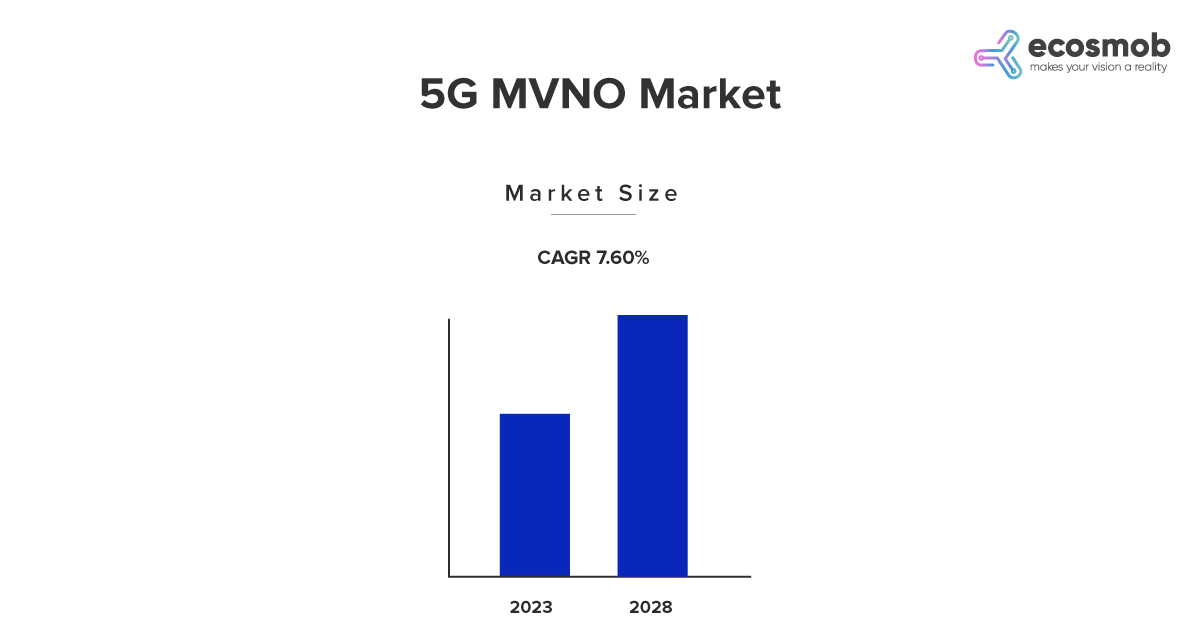 Source: Mordor Intelligence
Source: Mordor Intelligence
Infrastructure and Investment Challenges
5G isn’t just about faster speeds; it demands significant infrastructural changes. While MNOs are in the race to deploy 5G networks, MVNOs have a choice to make. Should they leverage the MNO’s edge resources or invest in proprietary edge nodes? Do they ride on existing MNO 5G infrastructures or venture into setting up their own? The latter is fraught with challenges, not the least of which is capital investment.
However, for those who see long-term value, partnering with the right MVNO solution provider can make the transition smoother and more efficient.
Regulatory and Security Implications
The leap to 5G has its challenges. Its enhanced capabilities also bring forth a slew of regulatory and security concerns. As data moves at unprecedented speeds, ensuring its safety is paramount. The sheer volume of data transacted, and the decentralized nature of edge architectures amplify security concerns, too.
MVNOs will need to work with MVNO solution providers to ensure robust security measures are in place. They must prioritize end-to-end encryption, strong authentication mechanisms, and continuous threat monitoring.
At the same time, the global 5G rollout is witnessing a fluid regulatory environment. MVNOs must be proactive, aligning with global standards and regional directives, ensuring compliance and interoperability.
Crucial security imperatives for MVNOs:
- End-to-End Encryption: Ensuring data privacy across the network.
- Threat Detection: Employing AI and ML for real-time threat analytics.
- Regular Security Audits: Maintaining security integrity through periodic checks.
Economic Insight
Discussing the financial dimension of this 5G MVNO evolution is essential. While the potentials are immense, so are the investments. MVNOs must judiciously balance leveraging existing MNO infrastructures and investing in proprietary technologies. Strategic partnerships, long-term contracts, and exploring shared infrastructure models can help MVNOs strike this balance, ensuring sustainable and profitable operations in the 5G era.
The Competitive Edge
According to statista.com, by the end of 2026, global 5G subscriptions are projected to reach 4.8 billion. And with the democratization of 5G capabilities, MVNOs face an intensified competitive landscape.
The key to differentiation lies in harnessing the unique facets of 5G. Hence, the solution would be to understand one’s customer base and offer tailored services truly.
Collaborative engagements with MVNO solution architects can be instrumental in sculpting niche offerings.
For instance, an MVNO focusing on industrial IoT can exploit 5G’s URLLC features. Similarly, those catering to media-centric audiences can leverage enhanced Mobile Broadband (eMBB) capabilities.
Another example would be an MVNO catering to the gaming community that leverages 5G’s low latency to offer seamless multiplayer gaming experiences.
The right MVNO solution, in alignment with 5G capabilities, can be the key differentiator.
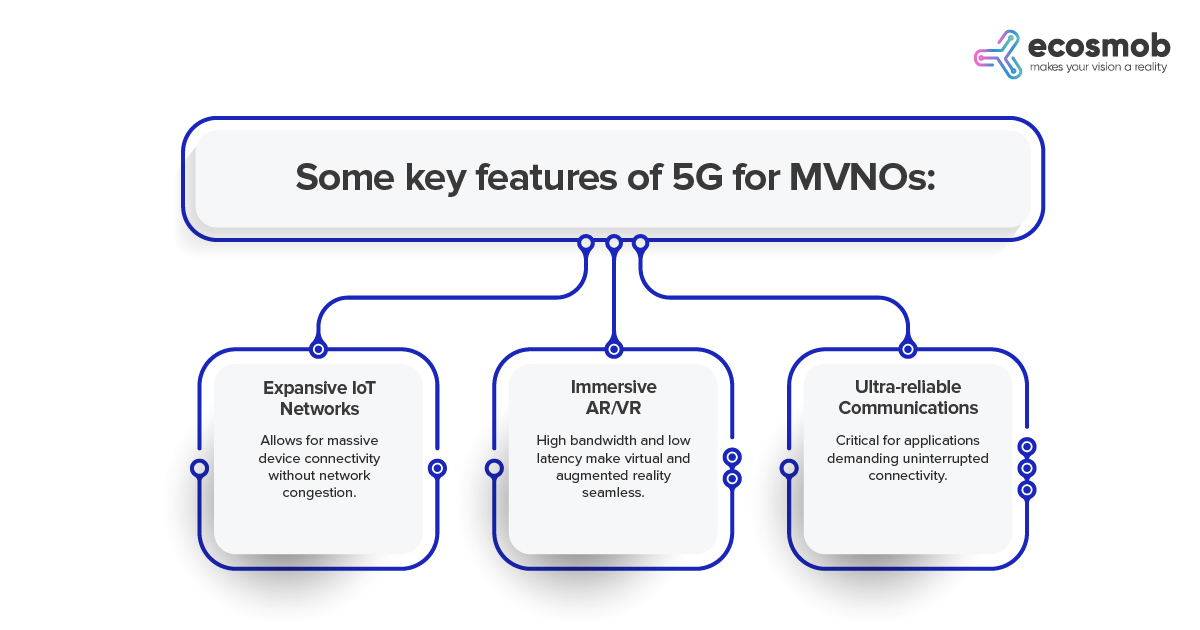 In Conclusion
In Conclusion
The dawn of 5G MVNO presents a landscape rich with opportunities but laden with challenges. MVNOs that can swiftly adapt to find the right MVNO solution and genuinely understand their customers’ evolving needs are the ones that will thrive in this new era.
As we navigate this 5G era, it’s about adapting and pioneering the next phase of digital communication. And therein lies the future of the MVNO and wireless wholesale markets. Watch this space as the next chapter of wireless communication unfolds!
Unlock the Potential of 5G for Your MVNO.
FAQs
1) What exactly is network slicing, and how can MVNOs benefit from it?
Network slicing in 5G facilitates the establishment of several virtual networks over a shared physical infrastructure. For MVNOs, they can customize their network segment, ensuring they get the exact bandwidth, latency, and other parameters they need. This leads to enhanced performance, lowered expenses, and the potential for niche-specific service offerings tailored to unique customer needs.
2) What potential partnerships should MVNOs consider to optimize their 5G strategies?
MVNOs should consider partnerships beyond traditional MNOs. Collaborations with cloud service providers, IoT platform vendors, and AR/VR solution providers can enhance the breadth and depth of their 5G offerings.
3) Are there specific customer segments that MVNOs should focus on in the early stages of their 5G rollout?
Initially, MVNOs target industries or sectors that can gain immediate benefits from 5G’s unique capabilities, such as manufacturing (for IoT integration), entertainment (for high-bandwidth content streaming), and healthcare (for telemedicine and remote diagnostics).
4) What challenges can MVNOs expect regarding device compatibility and support in a 5G ecosystem?
With the proliferation of 5G, not all devices will immediately be compatible. MVNOs must ensure they have strategies to support a mixed device environment, potentially offering upgrade incentives or working with device manufacturers for seamless integration.
5) How can MVNOs prepare their workforce for the 5G transformation?
Continuous training, workshops on 5G technologies, and partnerships with academic institutions for specialized courses can ensure the workforce is equipped to navigate the nuances of 5G.
